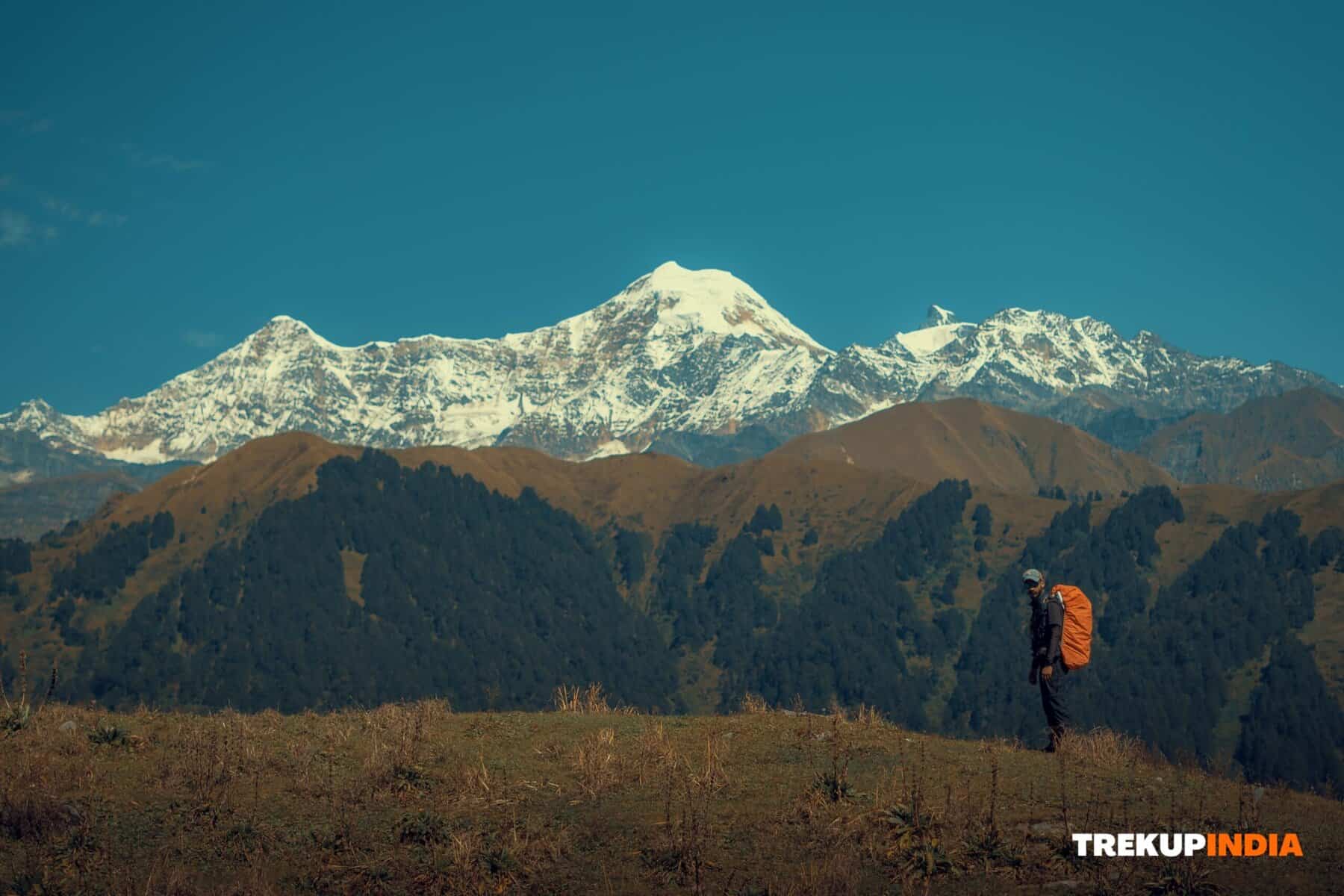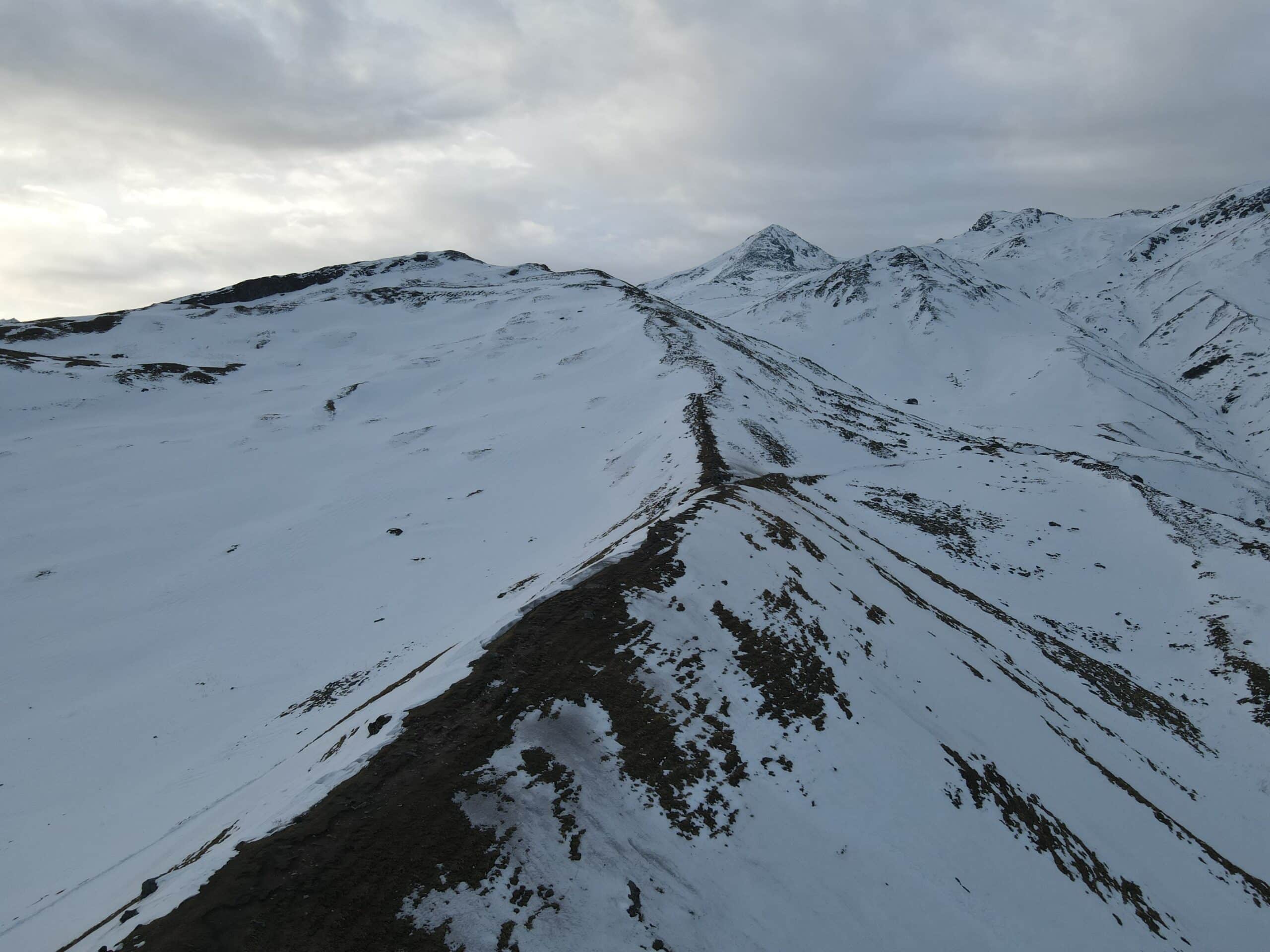The Ultimate Guide: Down Jackets vs Padded Jackets
There is a chill in the air that comes over your body, making you shiver with fear. You may even feel it run down your spine. The good news is that you have your jacket with you, which acts as a shield against bad atmospheric conditions that might otherwise make you feel cold. Two popular options are down jackets and padded jackets, each with advantages and disadvantages. Is a down jacket better than a padded jacket? To determine whether hikers are going out during cold days and need some extra heat from heavier clothing or if they need something light that won’t weigh them down as much, especially when hiking up hills, they are grappling with this question… After reading this detailed guide about down versus padding, You can make informed decisions based on knowledge instead of guesswork.
Down Jackets: Nature's Champion of Warmth
Most down jackets are filled with goose or duck feathers, which have an excellent insulating performance attributed to how the feathers are structured. This downy has millions of tiny barbules that trap air, forming a warm layer that prevents heat from escaping your body.
Advantages of Down Jackets for Trekkers
- Unmatched Warmth-to-Weight Ratio: In terms of weight, down has more warmth than padded. Therefore, you will walk more lightly with a jacket, which is essential for minimizing tiredness when hiking for long hours.
- Compressibility: If you’re trekking and must carry all your needs, it means having minimal space for everything. This is where stuffing these jackets comes into play because they can be compressed into tiny sizes, allowing one to store them in one’s backpack without taking up much space.
- Breathability: High-quality down jackets allow good air circulation during moderate-level trekking.
Disadvantages of Down Jackets for Trekkers
- Susceptibility to Moisture: Down loses its insulating ability when it gets wet. This means that the jacket will not keep you warm in a heavy downpour.
- Slow Drying Time: Wet down takes quite a while to dry, especially in cold, high-altitude regions, leading to feelings of discomfort and coldness.
- Susceptibility to Allergens: Many people are possibly acquainted with the fact that allergies can be triggered by down, which is why one suffers from respiratory issues and itching.
- Animal Welfare Concerns: Some trekkers who care about the environment are worried about the tactics used when coming down. For example, consider the standard certification icons such as Responsible Down Standard (RDS) that guarantee a proper source.
Padded Jackets: Synthetic Solutions
Padded jackets use artificial fabrics such as polyester fibres to copy the heat-conserving capabilities of down. They capture air within small spaces, thereby ensuring warmth for the wearer.
Advantages of Padded Jackets for Trekkers
- Water Resistance: Synthetic padding retains its insulating ability even when wet, so synthetic paddings are ideally suited for hikes during rainy seasons with uncertain weather.
- Fast Drying Time: Padded jackets dry more rapidly than down jackets. This guarantees that you will remain warm and comfortable after encountering rain or snow.
- Hypoallergic: Synthetic materials are generally hypoallergic and thus can be considered a good alternative for people allergic to feathers.
- Lower Cost: Typically, down jackets with the same warmth are more expensive than padded jackets.
Disadvantages of Padded Jackets for Trekkers
- Warmth-to-Weight Ratio: A padded jacket is typically heavier than a down jacket for the same warmth. This could be a cumbersome option for hikers concerned with shedding weight.
- Bulkier Size: Padded jackets take up more space than the down jackets in your backpack.
- Breathability: During strenuous hikes, padded jackets might cause a person to become very hot since they are less breathable than down jackets.
Choosing the Right Jacket: A Balancing Act
Choosing the right jacket depends on various factors that fit your needs.
- Climate and Conditions – Consider the weather you expect to see during your hike. If you expect it to be wet or snowy, it would be nice to have a padded and water-repellent jacket. In case the place you’re going to is cold, but the weather is very dry, why don’t you find a down jacket instead?”
- Trekking Style and Intensity – A down jacket may be the right choice for those who are looking for speed and the lightest weight. If you are a backpacker who puts a high value on cost or may experience wet weather during your trek, consider buying a padded jacket instead.
- Personal Preferences – What is your priority: warmth at the expense of everything else? Or is it better breathability and resistance to weather that you prefer? Think of your comfort before deciding.
Beyond Down vs. Padded: Additional Considerations
- Features – Seek options such as hoods and cuffs that can be adjusted with waterproof outer fabric so that this jacket can do more for you.
- Fill Power (Down Jackets) – Higher fill power indicates higher quality down and better warmth-to-weight ratio.
- Fill Weight (Padded Jackets): Higher fill weight indicates a thicker insulation layer and more warmth.
Making an Informed Decision
There’s no single “best” choice between down and padded jackets. By understanding the strengths and weaknesses of each type, considering your trekking style and the specific conditions of your adventure, you can choose the jacket that will become your trusted companion on the trail.
Share this article
Want To Trek Like Pro?
Check out the following videos if you want to trek like a pro trekker and improve your skills. These videos contain helpful tips, tricks, and techniques to help you trek like a pro. Whether you’re a beginner or an experienced trekker, these videos can provide valuable insights to enhance your trekking experience. So, watch the videos below by Trekup India experts to take your trekking skills to the next level.
Know Everything About Acute Mountain Sickness
Acute Mountain Sickness is a medical condition that can occur when individuals travel to high altitudes, typically above 8,000 feet. It is caused by the decrease in air pressure and oxygen levels in the air as altitude increases. Symptoms of Acute Mountain Sickness may include headache, nausea, vomiting, dizziness, and difficulty sleeping. To avoid Acute Mountain Sickness, it is important to gradually adjust to high altitudes and seek medical attention if symptoms worsen. To learn more about this condition, check out the videos by Trekup India.






